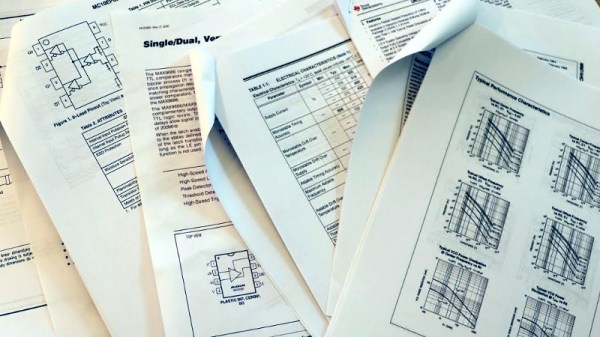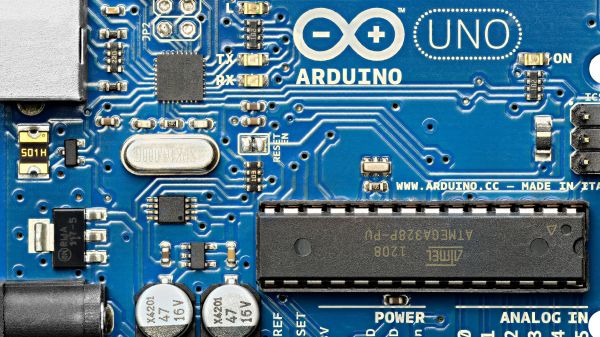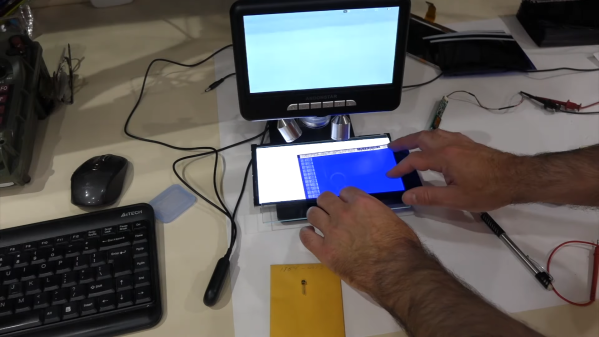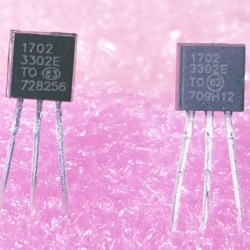We have all seen optimistic claims for electronic products that fail to match the reality, and [Electronic Wizard] is following one up in a recent video. Can a relatively small IGBT really switch 200 A as claimed by a dubious seller? Off to the datasheet to find out!
The device in question is from Toshiba, and comes in a TO-220 package. This itself makes us pause for a minute, because we suspect the pins on a TO220 would act more like fuses at a steady 200 A.
But in the datasheet, there it is: 200 A. Which would be great, but of course it turns out that this is the instantaneous maximum current for a few microsecond pulse. Even then it’s not finished, because while the continuous current is supposed to he half that, in the datasheet it specifies a junction temperature of 25 °C. The cooling rig required to maintain that with this transistor passing 200 A would we think be a sight to behold, so for all intents and purposes this can’t even switch a continuous 100 A. And the real figure is much less as you’d imagine, but it raises an important point. We blindly read datasheets and trust them, but sometimes we should engage brain before releasing the magic smoke.





















